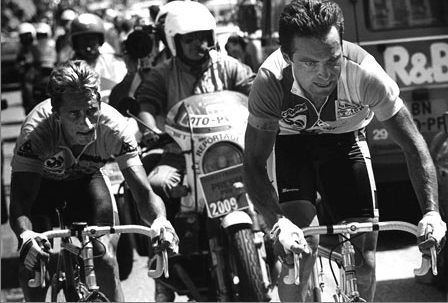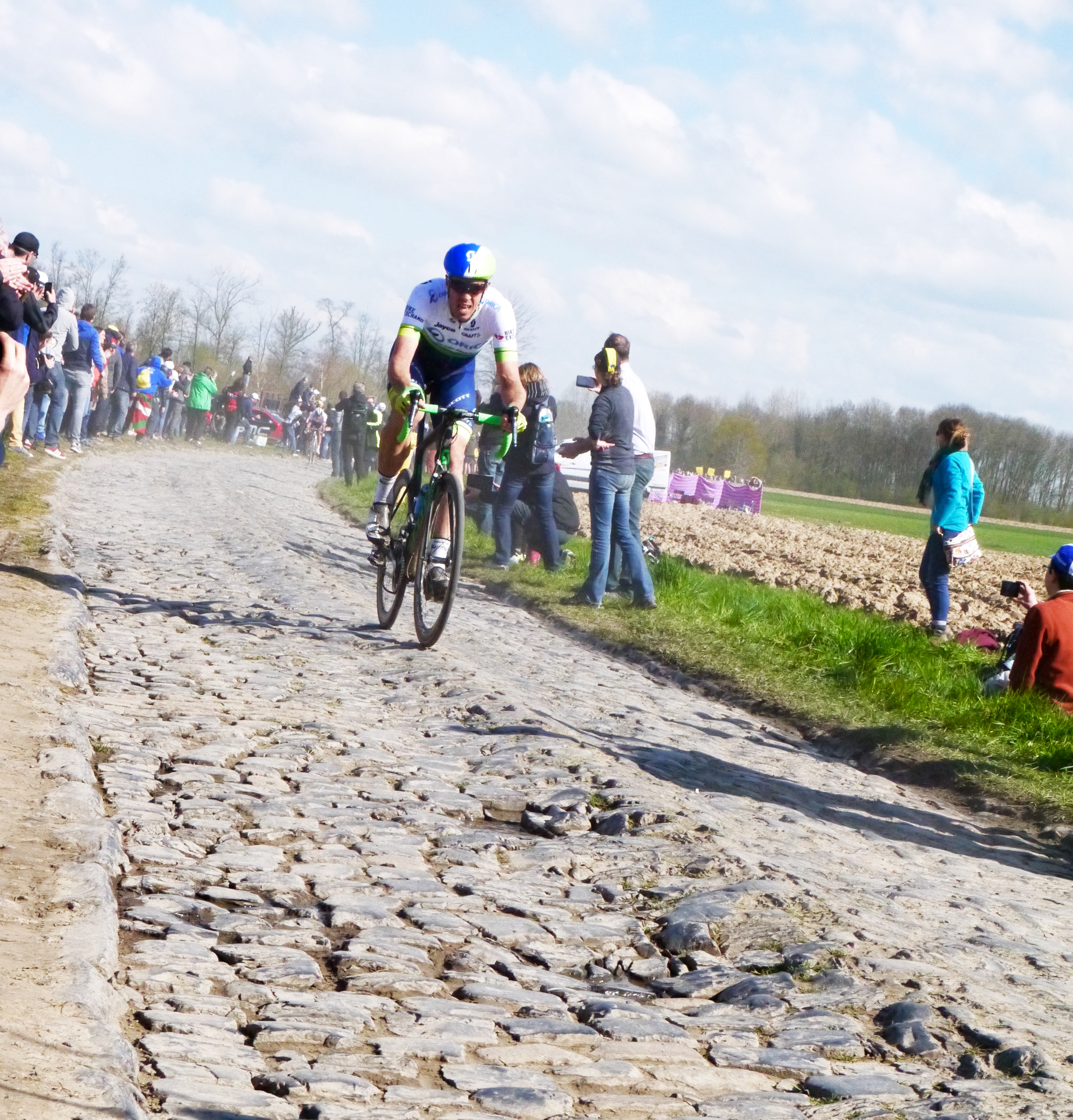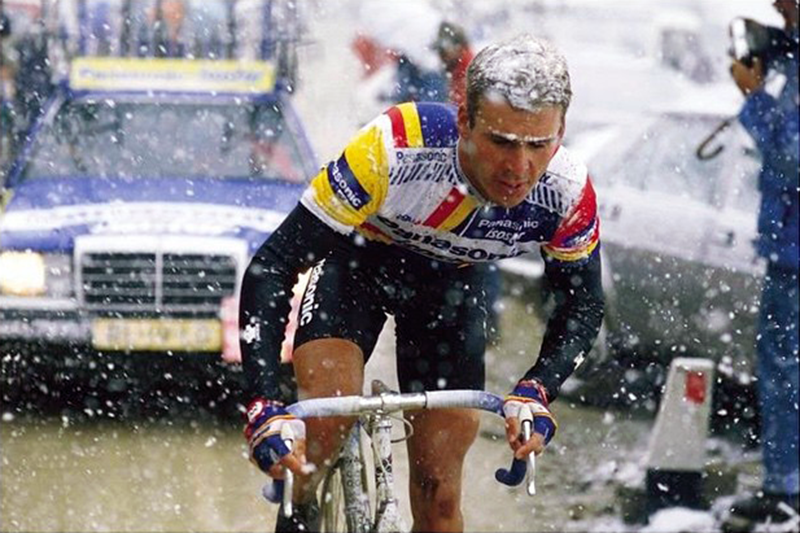Unforgettable Rides: 1986 l’Alpe d’Huez

We tend to look at cycling through rose-tinted glasses; cycling-specific ones that not only give us a cheery outlook on the past, but ones that conveniently hold big black bars over the bits we prefer not to remember as they were because they don’t fit into the picture we’ve formed in our minds. One of the most interesting things about a community like Velominati is all the different viewpoints that come together regarding events past that help remind us of something approaching reality, built from an aggregation international of views. Perhaps even more interesting is how this experience also brings into sharp relief the evolution of the “facts” as we each have seen them at different points in our lives.
A prime example is of the discussion earlier this week regarding the Lenault battle in 1986. The American view predominantly held was that LeMond was short-changed by Hinault, while the Europeans (or at least the French) could see no reason Hinault should acquiesce the Tour should he be in a position to win it. Certainly not from an American. The Aussies, of course, feel Phil Anderson or, barring that, Phil Ligget or someone else named Phil – regardless of nationality – should have won it, and the Kiwis are no doubt still busy looking for a Tour contender who doesn’t ride a bike. At the time, I hated Hinault and characterized him as a cheating douchenozzle; these days, I regard him as one of the greatest examples of a complete rider and a model of what riders today should aspire to be.
The truth is, of course, somewhere in the middle and after we boil the ocean of the ’86 Tour, we’re left with two great riders on one team who were so closely matched they each could have won that year. But the promises made the year before and the reality of the race situation on the road were like water and oil, and by the time the race reached l’Alpe d’Huez, the team, the fans, and the countries had polarized towards one end or the other, each choosing the side that matched most closely the version of the facts that helped them feel more at ease with their loyalties.
As controversies have a tendency to, they overshadow one of the most unique rides to the top of l’Alpe d’Huez in the history of the great climb. In my memory, Hinault attacked on the descent from either the Col de la Croix de Fer or the Glandon. (Maybe he attacked at the base, as WikiPedia suggests, but I don’t remember it that way.) Only LeMond had an answer, and the teammates escaped together to ride the mythical 21 hairpins together. I can’t think of another time when two G.C. riders – let alone two teammates – outclassed everyone else in the race up this climb.
Up and up they rode together – the Badger in his distinct style and LeMan in his – with only their pain, their massive gears, their rocking shoulders, and their resentment for each other as company. Hand-in-hand they crossed the finish line as happy team mates, LeMond gifting the stage to his patron in the end. But beneath the surface boiled a fearsome rivalry and within minutes Hinault and LeMond’s dashing alter-ego, LeMelvis, traded blows in the press. And with that, the great ride was almost immediately eclipsed by polemics.
In the end, LeMond overcame a tampered-with TT bike to win the Tour and Hinault retired as arguably the most successful Tour de France rider at the time. The record is set but the facts become more malleable with time. The rest we see with our rose-tinted glasses.
[youtube]http://www.youtube.com/watch?v=1oIkVNykuuE[/youtube]

